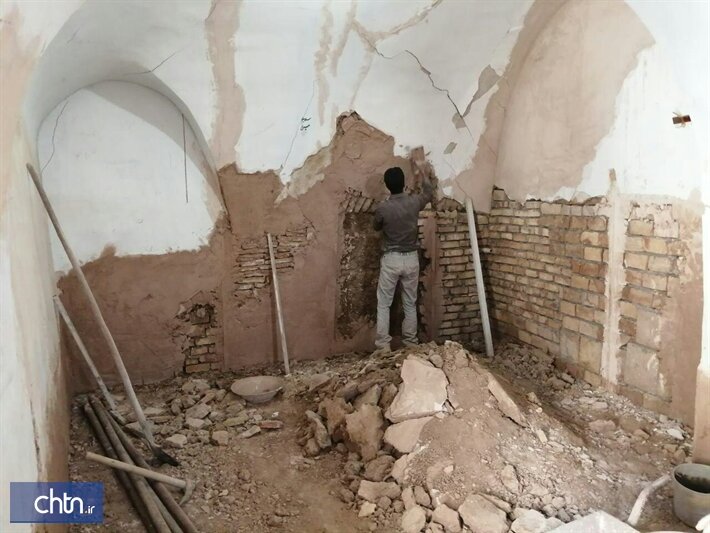18th-century mosque in Na’in undergoes restoration

TEHRAN- The 18th-century Abu Reyhaneh Mosque in the city of Na’in, central Isfahan province, underwent some rehabilitation works, a provincial tourism chief has said.
Various parts of the historic structure, especially its basement, had been damaged by moisture and natural factors over the past years, CHTN quoted Mahmud Madanian as saying on Monday.
The restoration project, which aimed at preserving, protecting, and strengthening the historical mosque, was carried out in collaboration with the board of trustees of the mosque, the official added.
Well regarded for its hospitable people, handicrafts, and ancient qanats (manmade subterranean aqueducts that bring water from the mountains), Na’in dates back to nearly 2000 years, which makes it one of the oldest continuously settled towns in the Iranian plateau.
Na’in is home to one of the oldest mosques in the country. Originally constructed in c. 10th century, Jameh Mosque of Na’in is was one of the first mosques built in Iran and is unusual in that it doesn’t conform to the usual four-iwan pattern of its time (for instance Jameh Mosque of Isfahan).
Na’in lies 170 km north of Yazd and 140 km east of Isfahan. Like much of the Iranian plateau, it has a desert climate, with a maximum temperature of 41 °C in summer, and a minimum of -9 °C in winter
During ancient times, the city was at the junction of a desert road that connected Tabas and Mashhad, it used to be an important crossroad on converging trade routes since Sassanid times.
Na’in was known for its ceramics and textiles; today it's primarily known for fine hand-knotted carpets and for hand-loomed camel-wool cloaks, which are produced in the neighboring villages.
ABU/MG

Leave a Comment